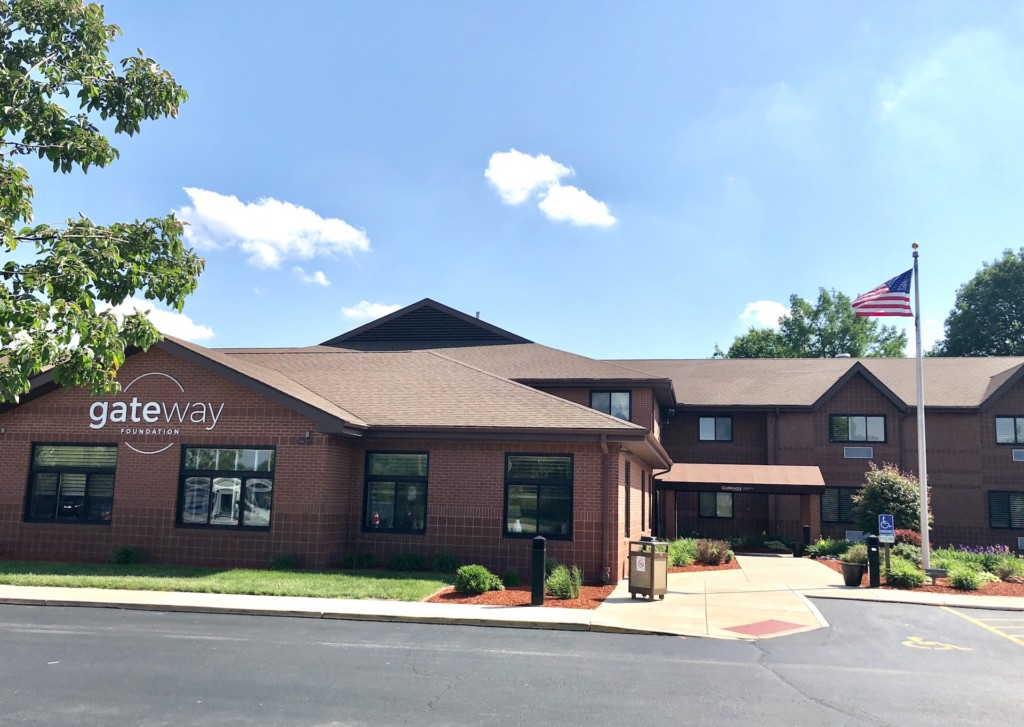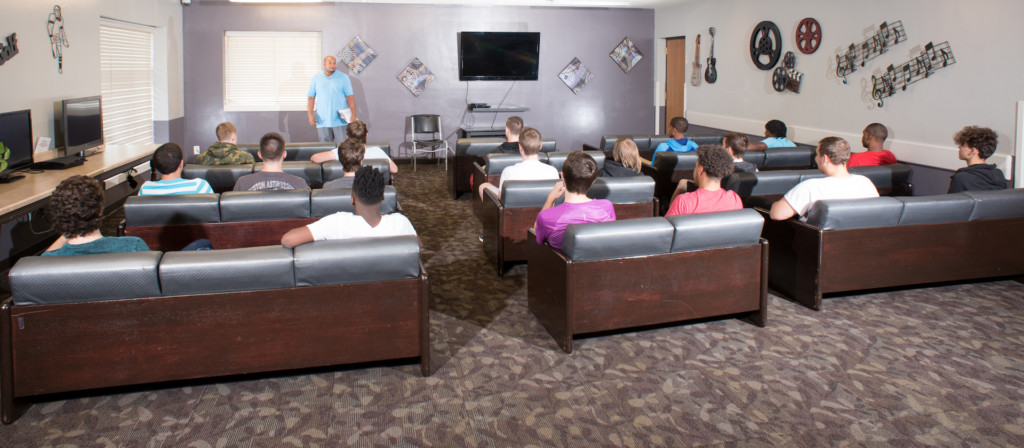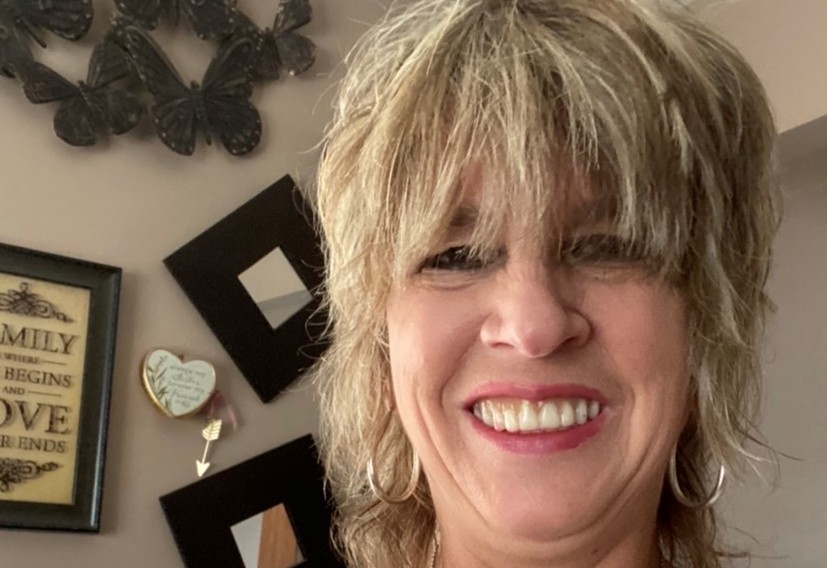As COVID recedes (slowly), providers like Illinois’ Gateway Foundation are determining where telehealth fits, long-term, in the continuum of addiction care
By Mark Mravic
The COVID-19 crisis created new paradigms across almost every aspect of American life. It changed work arrangements, blurring the line between home and office. It altered social interactions, compelling us to find new ways to communicate and share experiences. It disrupted normal patterns of everyday life—from shopping, recreation and travel to how and what we eat. And in medicine, it prompted a mini-revolution in telehealth.
Over the past two years, healthcare has seen a rapid and widespread expansion of digital services, as patients have been connecting more with primary care doctors, specialists and counselors through Zoom chats, and using apps—which have proliferated wildly—for everything from medication monitoring to mental health. Telehealth has been an undoubted boon, bringing services to people in remote and underserved areas, mitigating problems of scheduling and transportation and otherwise making it easier to people to connect with services. Now, as the pandemic wanes and we slowly get back to normal, the question hangs in the air: How much of that change is permanent?

The issue is especially important in the addiction treatment field, which endured major disruption at a time when services became more necessary than ever. The pandemic drove sharp rises in substance misuse as people dealt with isolation, job and school upheavals and general stress and uncertainty. As the effects of COVID forced residential providers to limit admissions, online services and digital apps expanded to reach people seeking treatment and to provide those in recovery with outpatient support and meetings.
Now, with substance use up and viral numbers more manageable, the treatment industry is looking at how to balance the growth of telehealth with the benefits of traditional residential programs and in-person services. At the nonprofit Gateway Foundation, which operates 16 recovery centers across Illinois, interim CEO Marc Turner, MS, and his staff—like other providers around the country—are determining how telehealth fits into addiction care and recovery post-pandemic.
Residential vs. Virtual
“We began offering virtual services at the beginning of the pandemic,” says Turner, “and have offered virtual services continually and will continue to offer virtual services. We certainly believe that virtual services have a place in the continuum of care.”

But there are aspects of addiction treatment—such as the structure and 24/7 support provided by the inpatient experience—that telehealth has a hard time replicating.
“For a lot of people, residential care is a necessary intervention,” Turner says. “In residential care, we’re providing structured services around the clock. We’re able to manage and monitor for signs and symptoms of withdrawal. When those feelings of wanting to use, those cravings, happen, you’re in an environment where there are staff available to help you process those feelings.”
Residential care provides more than treatment and monitoring, Turner notes. It helps patients reorient themselves and gives them tools to manage a new way of living. “If you have been using substances, whether it’s alcohol, opiates, meth, for a significant period of time, and that has been your go-to, the absence of that go-to creates a vacuum. You have to figure out a way to respond and navigate in the world. In residential, you get to do that in a secure, protected environment where there are other people to help you. You’re not out on your own. If you’re trying to do all of that virtually, you may not get the full benefit.”
“What you don’t get on Zoom is to watch [clients] walk in and out of the room, to see the stability of their gait … or if their glance is downcast—all the things that folks who are doing assessments or care are trained to look for.”
—Marc Turner, Gateway Foundation
And no matter how helpful and convenient telehealth is, it can’t fill the spaces around treatment sessions. That leaves patients with time to themselves, either in isolation or in an environment of stressors, triggers or enablers—factors that might have driven their substance use in the first place. It’s a recipe for problems. “When the [virtual] session ends and you’re in front of a blank screen, you may be saying, what’s next?” says Turner. “With residential, that what’s next is always available to you.”
For clinicians as well, there are intangible aspects of treatment that are lost in the online experience. For instance, a patient’s demeanor and body language can be critical elements in evaluating their condition and progress. A counselor or clinician could have a hard time reading those signs through a two-dimensional video screen. “Even if you’re doing an individual session one-on-one, what you don’t get on Zoom is to watch them walk in and out of the room, to see the stability of their gait,” says Turner. “You don’t get to see them come into the room and determine if they’re immediately making eye contact with you or if their glance is downcast—all the things that folks who are doing assessments or care are trained to look for.”
Alumni in Recovery
For people in recovery, the pandemic disrupted the vital community connections that support sobriety. “We’ve seen people who have been living in recovery, who not having the structure of regular meetings and appropriate socialization with other people to support themselves—that isolation at home has led them to unfortunately relapse and resume prior behavior,” says Turner.
“When you go to an alumni meeting, what happens in the meeting is really important. But the 15 minutes before the meeting and that parking lot conversation after the meeting are part of how you continue to grow in your connectedness and support for one another.”
—Marc Turner
At the start of the pandemic, Gateway shifted all of its alumni contacts to a virtual platform supported by the Gateway Connect app, which offers regular meetings and allows alums to check in and mark sober time. Gateway has now resumed some of its face-to-face programming, allowing clients to choose what works best for them.
While virtual services and meetings offer definite conveniences for outpatients—easing issues around work, transportation and childcare and offering flexibility in when they access care—as with residential treatment there are intangible benefits to the in-person experience that go beyond the content of a session. “When you go to an alumni meeting, what happens in the meeting is really important,” says Turner. “But the 15 minutes before the meeting and that parking lot conversation after the meeting are part of how you continue to grow in your connectedness and support for one another.”

For alumni who’ve continued virtual services, Gateway has made some tweaks. For instance, it has gone to smaller groups online—a max of 15 participants and an instructor. That creates a manageable video pane and ensures that everyone can see each other—no one is bumped off the screen. It’s all in an effort, as Turner says, to do the “the most effective work that you can over the virtual platform.”
The Future of Virtual Treatment
Gateway did not see any significant difference in outcomes from virtual and face-to-face services among its outpatients, according to Turner, though he notes that there hasn’t been enough time yet to do longitudinal studies on virtual vs. in-person experiences. He also notes that insurers, rather than pushing the telehealth option, are encouraging providers to resume face-to-face services because of the value of that mode of treatment.
So what is the future of virtual treatment in addiction and recovery? Where will it land on the continuum of care? As the Gateway experience suggests, rather than replacing in-person treatment, telehealth offers another tool for providers as they develop individualized care plans to meet patients’ treatment and recovery needs.
“If [clients] want to stay virtual, we will always have that virtual opportunity for them. We want to endeavor to meet people where they are.”
—Marc Turner
“I want to reiterate that there is a role for virtual services,” says Turner. “We believe it can be an appropriate beginning level of care for somebody who does not need a more intense level of service. It can also be an outstanding step-down level of care, after people have had enhanced services. My philosophy about when do you stop doing things virtually and when do you do them face-to-face is really about when our customers—whether it’s our alumni or our clients—are comfortable engaging in face-to-face. If they want to stay virtual, we will always have that virtual opportunity for them. We want to endeavor to meet people where they are.”
“The most important thing in treatment,” Turner says, “is that the needs of the individual are matched to the services that are provided.”
Top photo: Cytonn Photography














